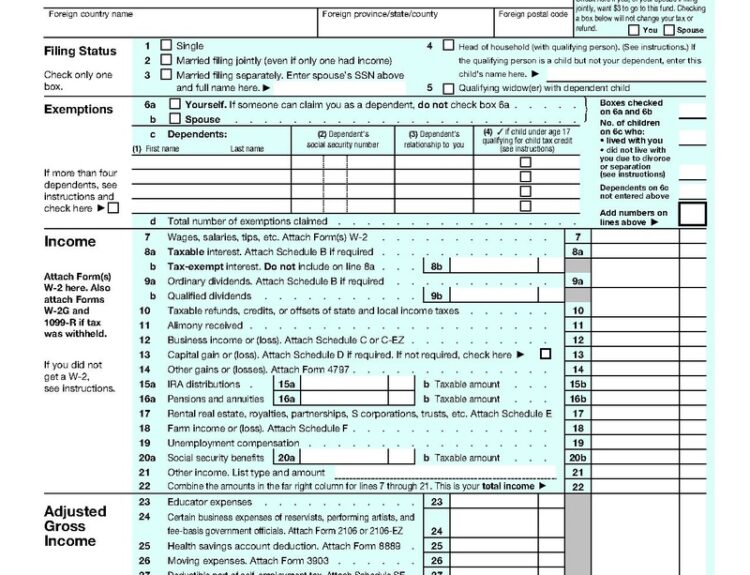Market rethinks path of Fed rate cuts as bond market experiences worst 2-day rout since October
- U.S. bonds experience worst 2-day rout since October
- Benchmark 10-year Treasury yield rises to 4.163%
- Fed signals slow and patient approach to rate cuts
- iShares Core U.S. Aggregate Bond ETF sees worst two-day drop since 2023
- Bond market volatility weighs on stock market
- Rate cuts still expected despite market volatility
- Bond-market volatility likely to continue until Fed provides more transparency
- Investors shouldn’t expect interest rates to sink back to crisis-level lows
U.S. bonds have experienced their worst 2-day rout since October, with the benchmark 10-year Treasury yield rising to 4.163%. This comes as the Federal Reserve signals a slow and patient approach to rate cuts, contrary to earlier expectations of aggressive cuts. The iShares Core U.S. Aggregate Bond ETF has seen its worst two-day drop since 2023. The bond market volatility has also weighed on the stock market, with the Dow Jones Industrial Average and S&P 500 index closing lower. Despite the market volatility, rate cuts are still expected, supported by strong economic data. However, bond-market volatility is likely to continue until the Fed provides more transparency on the timing of rate cuts. Investors should not expect interest rates to sink back to crisis-level lows seen since the global financial crisis.
Public Companies: iShares Core U.S. Aggregate Bond ETF (AGG), Dow Jones Industrial Average (DJIA), S&P 500 index (SPX), ICE BofA Move Index (MOVE), SPDR S&P Regional Banking ETF (KRE), Miller Convertible Bond Fund (MCIFX)
Private Companies:
Key People: Adam Abbas (Head of Fixed Income at Harris Associates), Jerome Powell (Fed Chairman), Sam Millette (Director of Fixed Income for Commonwealth Financial Network), Robert Pavlik (Senior Portfolio Manager at Dakota Wealth Management), Michael Miller (President of Wellesley Asset Management)
Factuality Level: 7
Justification: The article provides information about the recent increase in U.S. bond yields and the potential impact on the stock market. It includes quotes from experts and mentions relevant data. However, there are some tangential details and the article could provide more context and analysis.
Noise Level: 4
Justification: The article provides some relevant information about the recent rout in U.S. bonds and the potential impact on the stock market. However, it lacks depth and analysis, and there is a lot of repetitive information. The article also does not provide any actionable insights or solutions.
Financial Relevance: Yes
Financial Markets Impacted: The article discusses the impact of rising bond yields on the stock market and mentions the negative returns of U.S. bond indexes and bond exchange-traded funds.
Presence of Extreme Event: No
Nature of Extreme Event: No
Impact Rating of the Extreme Event: No
Justification: The article focuses on the impact of rising bond yields and the Federal Reserve’s stance on interest rate cuts. While there is no extreme event mentioned, the financial markets are being impacted by the changing bond yields and investors reassessing their outlook for rate cuts.
 www.marketwatch.com
www.marketwatch.com 





